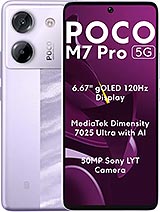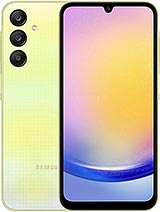iQOO Z10x alternatives
Tap above to see alternatives.
Redmi 13C alternatives
Tap above to see alternatives.
4x2.5 GHz Cortex-A78
4x2.0 GHz Cortex-A55
2x2.2 GHz Cortex-A76
6x2.0 GHz Cortex-A55
8GB 128GB (UFS 3.1)
8GB 256GB (UFS 3.1)
6GB 128GB (UFS 2.2)
8GB 256GB (UFS 2.2)
f/1.8, (wide), PDAF
2 MP
f/2.4, (depth)
f/1.8, 28mm (wide), PDAF
0.08 MP
(auxiliary lens)
1080p@60fps
wide
SIM1: Nano, SIM2: Nano
SIM1: Nano, SIM2: Nano
FDD: N1, N3, N5, N8, N28
TDD: N40, N77, N78
FDD: N1, N3, N5, N8, N28
TDD: N40, N78
FDD: N1, N3, N5, N8, N28
TDD: N40, N77, N78
FDD: N1, N3, N5, N8, N28
TDD: N40, N78
In this performance comparison, the iQOO Z10x with its Mediatek Dimensity 7300 (4nm) performs better than the Redmi 13C with the Mediatek Dimensity 6100+ (6nm), thanks to superior chipset efficiency.
Both phones offer the same 2 years of OS update support. For security updates, Redmi 13C offers 4 years of support compared to iQOO Z10x's 3 years.
Both iQOO Z10x and Redmi 13C use LCD screens. In terms of smoothness, iQOO Z10x offers a higher 120 Hz refresh rate, ensuring fluid scrolling and animations. iQOO Z10x also boasts a brighter screen with 1050 nits of peak brightness, enhancing outdoor visibility. Notably, iQOO Z10x offers a higher screen resolution, resulting in sharper visuals and more detailed content.
iQOO Z10x comes with a larger 6500 mAh battery, which may offer longer usage on a single charge. iQOO Z10x also supports faster wired charging at 44W, compared to 18W on Redmi 13C.
iQOO Z10x offers better protection against water and dust with an IP64 rating.
- iQOO Z10x – Check price here
- Redmi 13C – Check price here
¹ Scores can vary even with the same chipset due to RAM, thermals, and software optimization.











